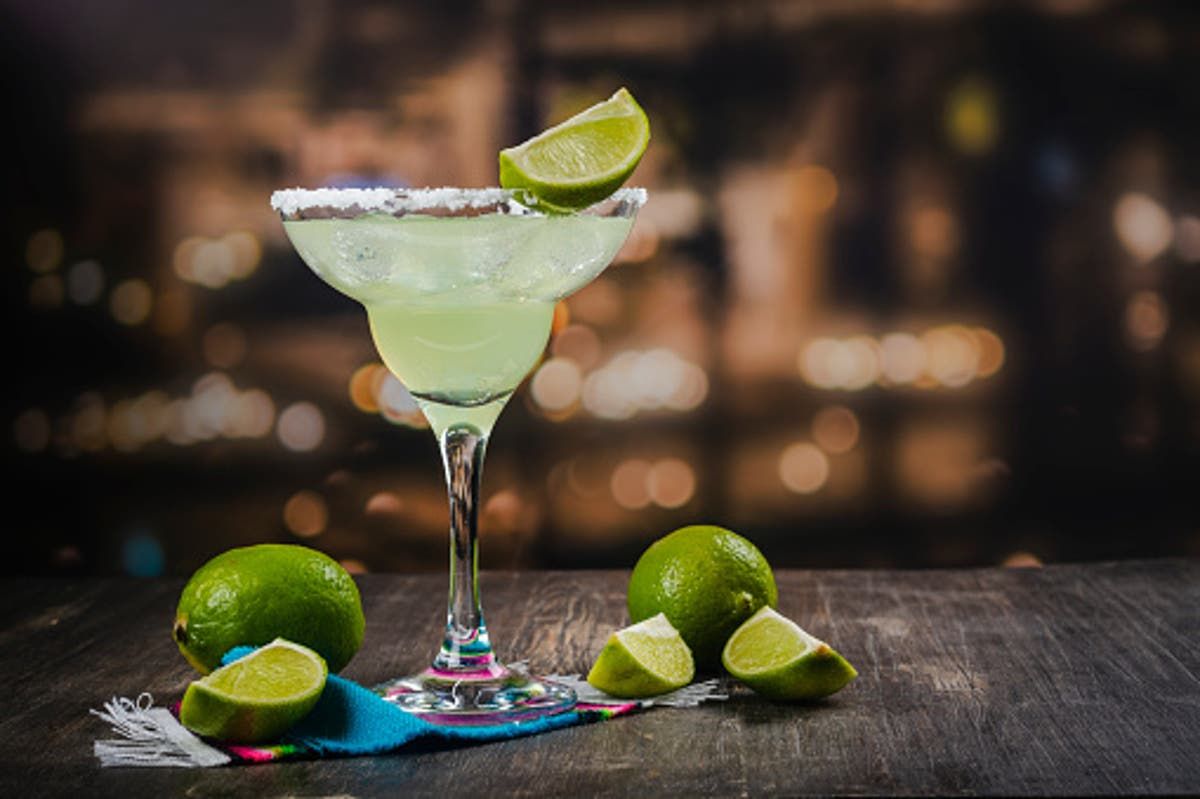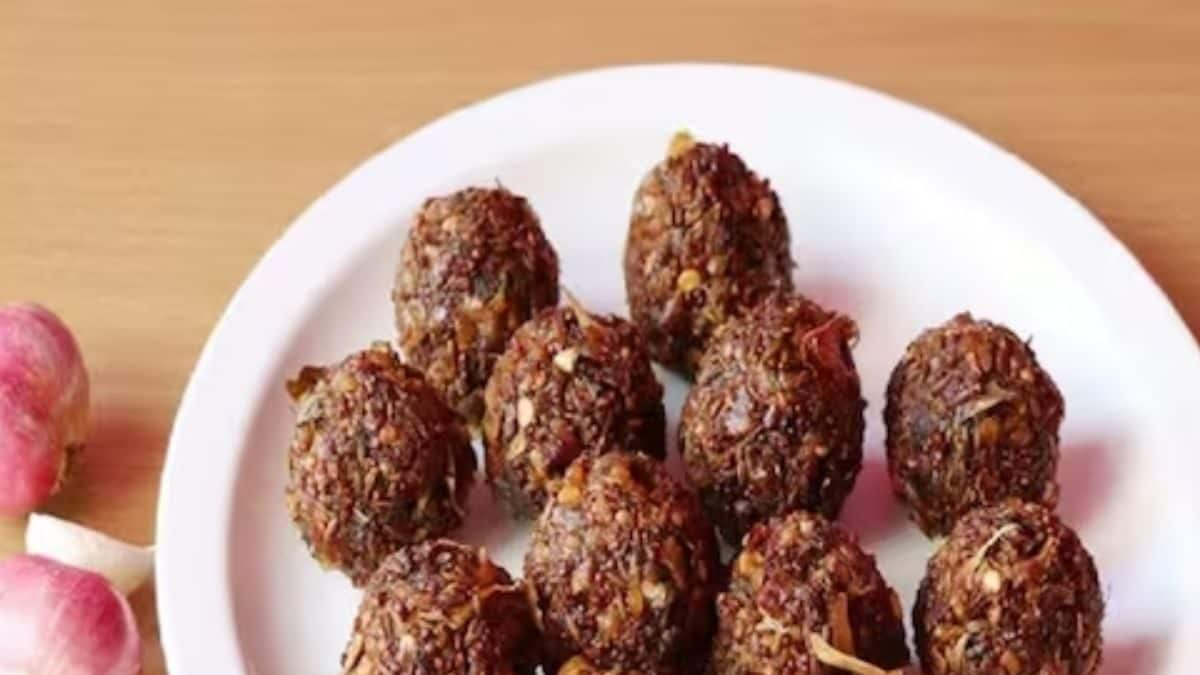Truly support
independent journalism
Our mission is to provide unbiased, fact-based reporting that holds the powerful to account and exposes the truth.
Whether it's $5 or $50, every contribution counts.
Support us in offering journalism without agenda.
As summer begins, it means more barbecues and more delicious treats to beat the heat.
A popular drink during the summer is the margarita, a popular cocktail made with tequila, triple sec, and lime juice. However, this drink comes with a potential injury that should be taken into account.
A lime burn, also called phytophotodermatitis, is a skin reaction that can occur when lime juice comes into contact with the skin and it is exposed to sunlight. “The term ‘phyto’ means plant, ‘photo’ refers to light, and ‘dermatitis’ is inflammation of the skin,” explained Dr. Keira Barr, a board-certified dermatologist, in an interview with Health line.
Most commonly, a sunburn occurs if you have been out in the sun and then spilled lemon juice on your skin. Lemon burns occur when furocoumarin, a chemical found in citrus fruits and other foods such as celery, comes into contact with ultraviolet A rays.
The rash usually forms within 24 hours and may turn into painful blisters a day or two later. Occasionally, an emergency visit may be necessary, depending on the concentration of lime juice used.
“People who have squeezed a lot of limes or spilled a drink on themselves and then have been exposed to a lot of sun can have significant blistering, like second- or third-degree thermal burns. They may have sores and open wounds that require medical attention,” Barr said.
If the case is mild, a daisy burn will usually go away on its own, but the blisters can turn into dark spots on the skin that can last for weeks or months.
Treatment for the burn will also depend on the severity of the wound and could range from typical sunburn treatments such as aloe vera gel and ice packs to a possible need for steroids.
Obviously, this doesn't mean we should avoid margaritas altogether this summer, as there are some simple ways to avoid sunburn.
For starters, if you're juicing limes or cooking with any other foods containing furocoumarin, the Cleveland Clinic recommends washing your hands with warm, soapy water.
And you should also head to the bathroom as soon as you notice citrus juice on your skin from sun exposure. But if you work with furocoumarin-containing foods more frequently or spend all day in the sun, it might also be a good idea to wear gloves.
Another option is to wear sun-protective clothing, such as longer pants and sleeves, so you can create a barrier between any spills and your skin.
It's also recommended to wear sunscreen like the average person would. According to the American Academy of Dermatology (AAD), people should apply one ounce of sunscreen, or enough to fill a shot glass, 15 to 30 minutes before going outside, and then adjust the dosage based on their body size. Sunscreen should have at least an SPF of 30 or higher and offer broad-spectrum protection from both UVA and UVB rays.
The AAD recommends reapplying sunscreen at least every two hours, even if it's cloudy, and reapplying sunscreen more frequently if swimming or sweating.












